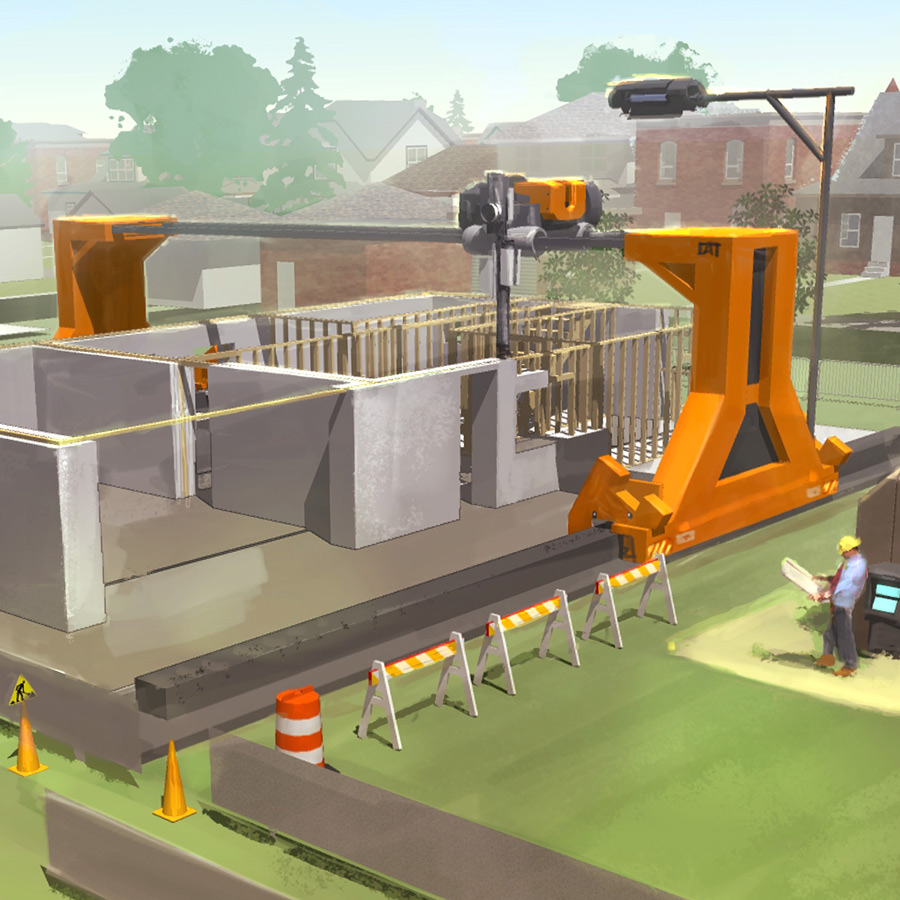3D-printing pioneer Behrokh Khoshnevis is at odds with Ma Yihe, the CEO of Winsun, the Chinese company which last year printed 10 concrete houses in a single day, feeling his methods have been appropriated. Beyond this international squabble, the sector seems poised for a big future, with the ability to quickly build cities from scratch, turn out affordable housing for low-income dwellers, quickly rebuild communities devastated by natural disasters and even erect space colonies. From Nicola Davison at the Guardian:
Khoshnevis, who is also working with Nasa on 3D-printed lunar structures, has no doubt that in the future, a large portion of cities will be printed. “I think in about five years you are going to see a lot of buildings built in this way,” he says.
He hopes the technology will help address a worldwide shortage of low-income housing. “I think it is a shame that at the dawn of the 21st century, about two billion people live in slums,” he says. “I think this technology is a good solution.”
He adds that 3D printing will encourage governments to build affordable homes because of savings in time and cost. A significant difference between traditional construction methods and 3D printing is efficiency. If in the future a London borough wished to build a public housing estate, for instance, they could hire a developer with a 3D printer. The printer would then be delivered to the site along with the construction material and architectural design on a flash drive. “They plug it in, hit a button and the buildings get built,” Khoshnevis says. “The nice thing about it is that we can build beautiful, dignified neighbourhoods – not cookie-cutter, box-like houses.”
Not all architects are convinced that 3D printing is good for architecture as a discipline.•
Tags: Behrokh Khoshnevis, Ma Yihe, Nicola Davison

